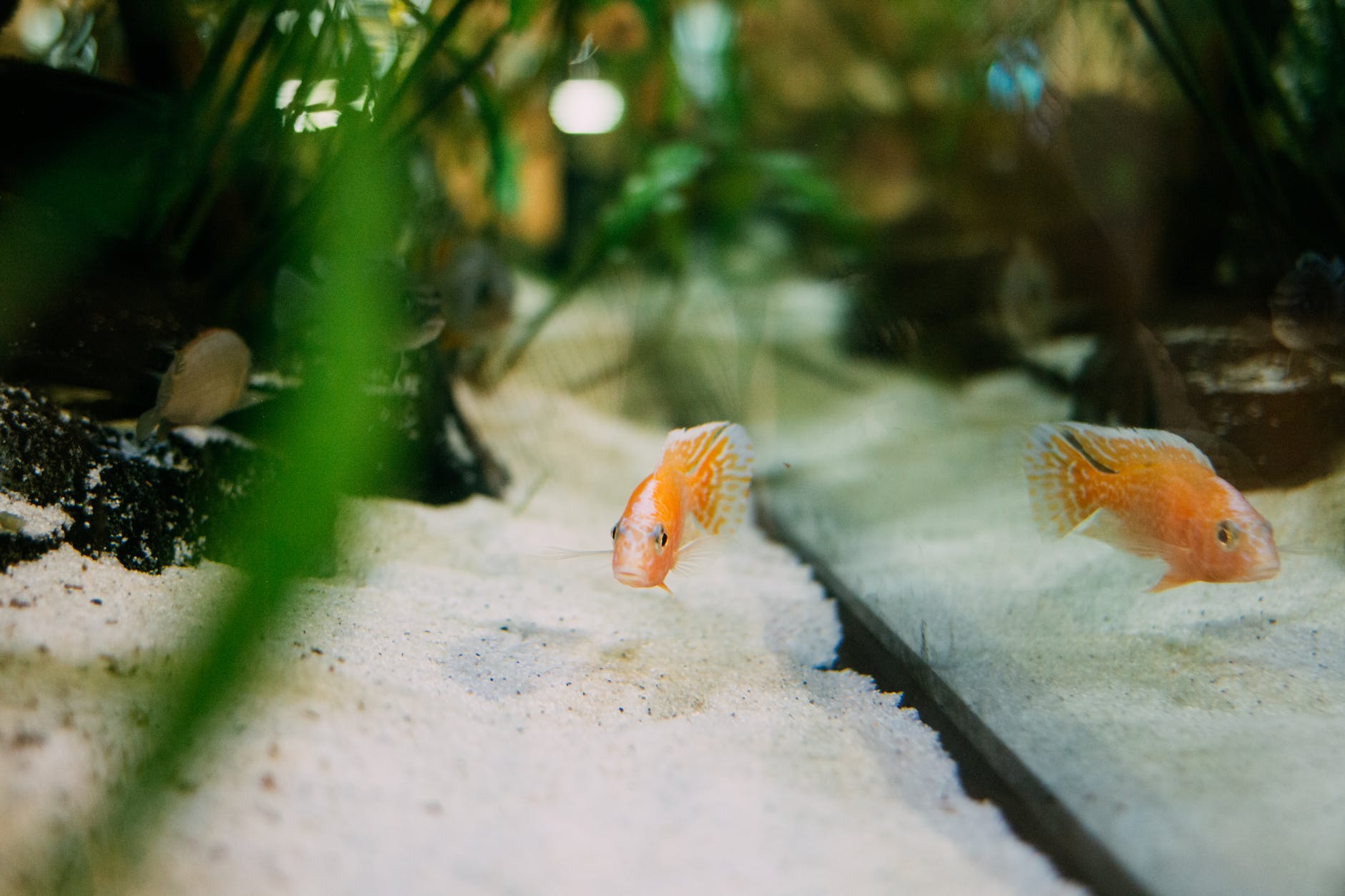
Before picking the fish and decorations, think about the space you have in your home. Can you fit a 50 gallon tank in your house? Or is a 20 gallon more realistic?
Measure out the space you plan on putting the fish tank and stand and check to see if you have a power source near. You will need to connect lighting, filtration, bubblers, and heater, so plan a ahead.
The second decision you have to make is fresh water tank or salt water tank. Both require a lot of work but a salt water tank is more expensive to maintain. You will need to buy salt water or buy salt to mix your own at home. You will need extra equipment to read the saltity inside of the tank.
Tank size
Go as big as your budget allows, this will help you keep the ammonia down and it will look better. I would suggest for you to wait and save up for that tank. I started with a 10 gallon, then 20 gallon then 75 gallon and I would have saved myself a lot of money if I just bought the larger tank.
Certain place will run sells for tank, Petco has $1 a gallon tanks from time to time. Or just buy used. Be super thrifty and check out Craigslist, Face Book Marketplace or Offer Up. You might not find the perfect tank right away but they might just have what you are looking for.
Equipment
Spend wisely and do not be cheap! This is the area I would spend on quality and not quantity. I had my 75 gallon tank for 4 years and a lot of equipment is still working.
- Fish tank
- Heater
- Air Pump
- Filtration system
- Lights
- Salinity tester (for salt water tanks)
Maintain your equipment and it will last you a very long time. This does not mean that from time to time there will be the occasion hiccup.
Decoration
Now this is the fun stuff. The first thing you pick is the substrate.
- Sand
- rocks
- Gravel
- Plants
- Decorative pieces
The price of each item can depend on the size of the bag and the quantity. You should buy the substrate for your tank depending on what you plan to put inside of the fish tank. If you plan to put Cichlid inside of your tank you can buy CaribSea or substrate for plants if you want a lot of plants. I like to put about 2 inches of substrate, this allows me to dig in the plants and decorations.
The more decoration you choose to put, the less fish you can put in. There has to be a balance between fish and decoration. I prefer to keep the decoration to a min and put in more fish. There is no wrong and right way.
Setting up your tank
Put your tank in the place you want to keep it long term. It is messy business to move a tank later if you decided you do not want it in the place you originally put it. Do not connect the filter and heaters until the water is added to the tank. Forcing the engine of the filter can brake it.
Step one: Do not connect the equipment yet but put it all together. Connect your air pump to your decoration, filter sponge or air stone. Set up your filtration system, put in your water heater. For salt water tanks, you would put in the skimmer. I would put the lights last as you will need to reach the inside of the tank to organize and decorate.
Step two: Add the substrate and organize your decoration. If you put the water first, you tend to have a harder time adding the plants and other decorations. Have fun and experiment with different positions.
Step three: Now you can start adding your water. There are a few options out there:
- Reverse Osmosis (RO) Water
- Deionized (DI) Water.
- Tap water
- Salt Water
You can set up a filtration system at home or you can buy water from a fish store or online. Or you can just just regular tap water and buy a few chemicals to make the water. Some tap water condition and PH down and up can adjust depending on your water. I use regular water and adjust some tap water conditioner and PH down.
Put a plate or something to pore your water over. This will prevent the substrate from moving
Step four: Time to turn on the filter, heater and air pump. As exciting as it is to put in a couple of fish, hold off. Add some good bacteria and let it cycle for a couple of days at least. I normally do 1 water change before adding new fish to the tank.
Step five: It is now time to put in the fish. Do not over stock your tank, there is not enough good bacteria to fight off the ammonia, nitrate, and nitrites in your aquarium. The first couple of days check the water quality and do water changes if your tanks ammonia spikes.